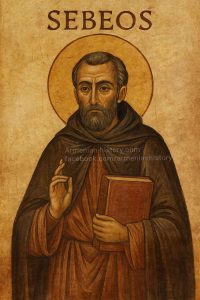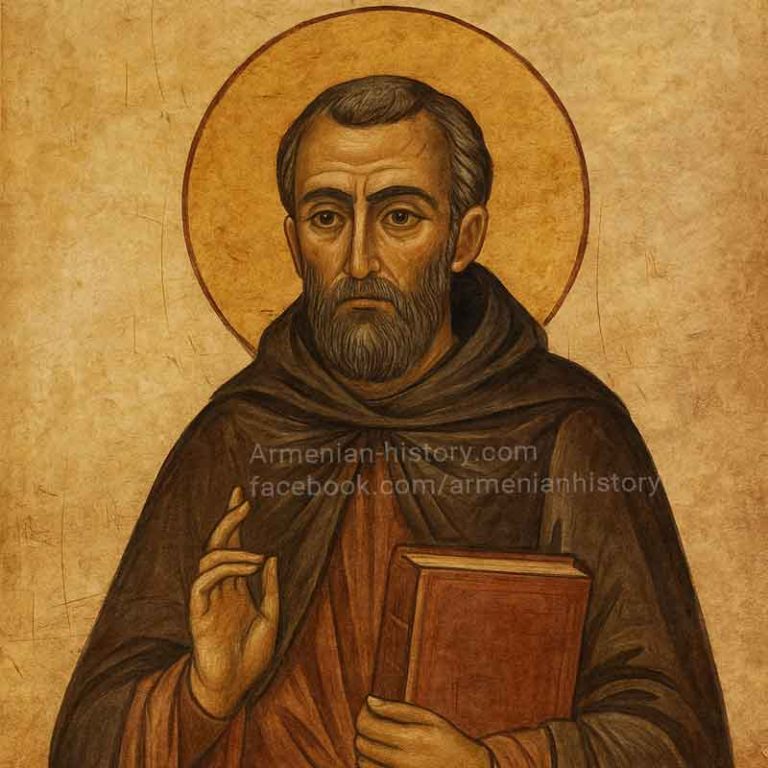Sebeos was a 7th-century Armenian bishop and one of the most significant early historians of Armenia. He is best known for his chronicle commonly referred to as The History of Heraclius, a vital historical source that captures the complex political, military, and religious transformations of the Near East during Late Antiquity. His writings are particularly valued for their accounts of the Byzantine–Sasanian wars, the decline of the Persian Empire, and the emergence of early Islam—all seen through an Armenian lens.
Historical Context and Background
While little is known about Sebeos’s personal life, he is believed to have been a bishop within the Armenian Church, writing sometime after 661 AD. His work begins with a brief legendary account of the Armenian people’s origins but quickly turns to contemporary events that shaped the region. Sebeos provides a near-contemporary view of some of the most pivotal moments in Armenian and regional history—including the campaigns of Emperor Heraclius, the downfall of Khosrow II of Persia, and the rise of the Arab Caliphate.
Content and Historical Significance
Sebeos’s chronicle stands out for its sober tone, political insight, and detailed narrative. Unlike earlier Armenian historians who often wove religious or legendary themes into their histories, Sebeos is more analytical and fact-oriented. His work describes the strategic dilemmas of the Armenian nobility, their alliances and betrayals, and Armenia’s precarious position between the great empires of Byzantium and Persia.
One of the most remarkable aspects of his writing is his reference to the emergence of Islam. Sebeos provides one of the earliest known non-Islamic accounts of Muhammad, portraying him as a leader who united Arab tribes under a new faith. This rare inclusion makes his chronicle a valuable source not just for Armenian history, but also for the early history of Islam and the Arab conquests.

Legacy and Impact
Today, Sebeos is recognized as one of the most reliable and objective Armenian historians of Late Antiquity. His chronicle provides crucial insights into the geopolitical landscape of the 7th century, offering a uniquely Armenian perspective on major world events. Historians of Byzantium, the Sasanian Empire, and Islamic history frequently cite Sebeos for his valuable testimony.
The History of Heraclius remains one of the few detailed accounts of Armenia’s role in a region undergoing massive transformation. Through Sebeos’s careful observations, we gain a deeper understanding of how Armenia navigated war, diplomacy, and cultural shifts while preserving its national and religious identity.

